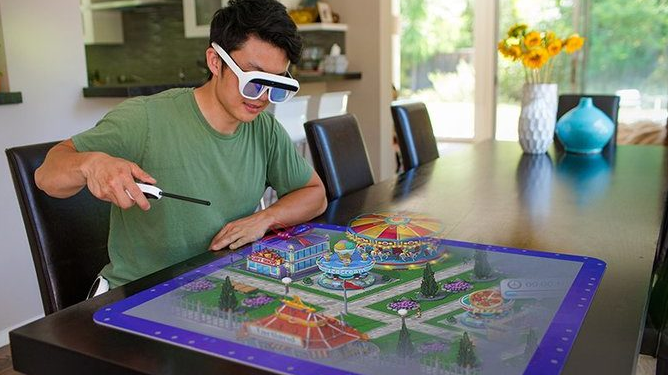
Gamification refers to the use of game elements in contexts where play is generally not expected.For example, gamification includes the use of challenges, instant feedback, levels to pass, badges, scores, and more. Due to the high level of engagement that these techniques generate, the number of students completing the course is higher and the results are above average.
Gamification makes online interactions more interesting to the less tech savvy audiences. It is also one of the marketing techniques to simplify the conversion steps such as making payments or money transfer seems to be more easily achievable. The gamification on mobile presents a great opportunity for brands to engage with potential customers.
When gamification was introduced it mostly resorted to very simple activities during the pandemic while most of us had to stay at home more than usual. Today the public needs more sophisticated solutions to get their attention. For instance, the introduction of new technologies like Augmented Reality (AR) and Virtual Reality (VR) are highly effective in creating an immersive learning and marketing experience. These tools can engage all of our senses by creating a learning experience that involves our intellect and emotions.
More screen time
Gamification on mobile from the entertainment dimension will trigger positive emotion using the association of functional usage. Thus, users may feel more compelled to go through the interactive experience, especially if a cash or social status reward comes after the participation of the game. Furthermore, the introduction of an entertainment dimension on what is ostensibly a functional task allows for more varieties of functionalities. Games pose an opportunity to create occasions that allow consumers to associate typical online interactions such as payment and hailing a taxi on a daily basis.
Engaging audiences with exciting contents
Gamification presents an opportunity for Western brands to engage with consumers through actions. As in this informative reality where each of us were bombarded with information these days, it is also important to create a message marketing that is more visually and engaging to reach out to the target audiences. Consumers in today’s world are bombarded with messages from brands on social media and other online channels; gamified elements can accelerate a brand’s differentiation, cutting through the messaging clutter and capturing lasting consumer attention more effectively.
Gamification such as Dating game is popular in West
Gamification has significantly developed in some Western industries, for example, dating games in the Western countries have been significantly gamified with the rise of apps like Tinder and Coffee Meets Bagel. The Western world has pioneered the use of gamification in employee engagement with companies like Bluewolf using games to bolster internal communication and collaboration. However, in finance, social media, and certain service industries, Chinese brands are further ahead in their gamification innovation. In the West, Facebook, Instagram, Uber, PayPal and Postmates focus on achieving simplicity and ease of use in their user experiences, instead of encouraging the creation of user experiences that incorporate the human element of design.


